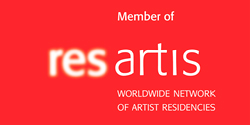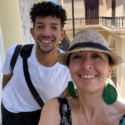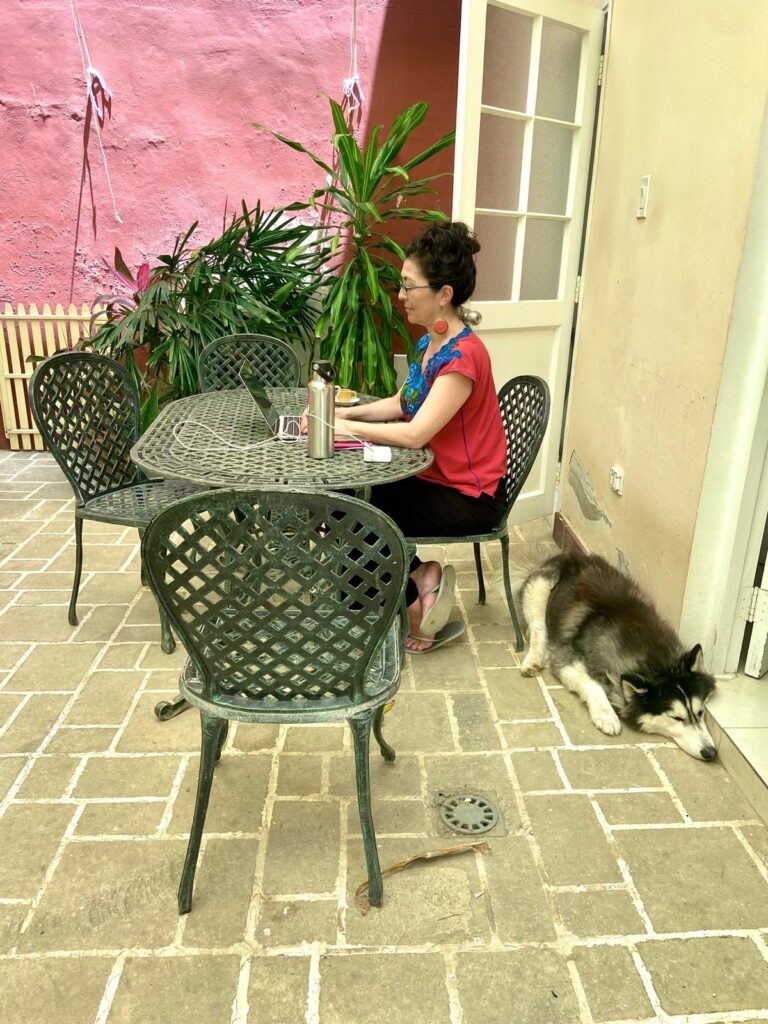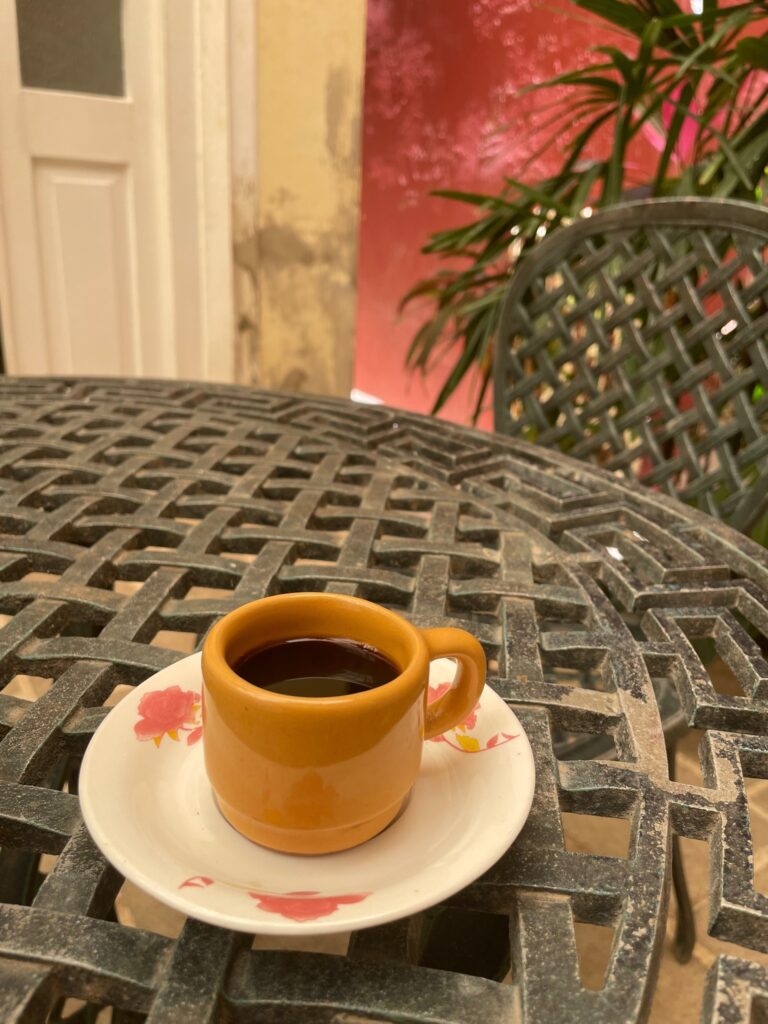TORONTO ART PROJECTS
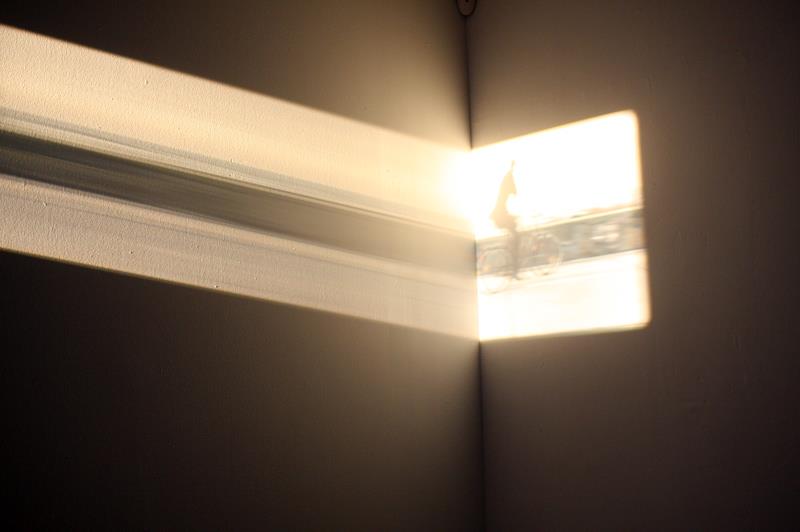
UNPACK STUDIO is an independent platform for artistic collaboration based in Toronto, Canada. It is aimed at coordinating and curating contemporary art projects.
Our mandate is to provide a context for aesthetic research developed in the cultural, linguistic and political articulations of knowledge, particularly reflecting on the understandings of migration, race, gender and power. We are interested in investigations aimed at exploring the conceptual intersections and points of rupture of these definitions.
We seek to potentiate artworks that reflect on the negotiations that discrete concepts and fields of knowledge are subjected to when extrapolated to other cultural spaces or disciplines, whether through life experience or research. Our objective is to promote the work of artists and curators that question the validity of definitions as absolutes, in light of the trans-disciplinary nature of contemporary thinking.
HAVANA ART RESIDENCY
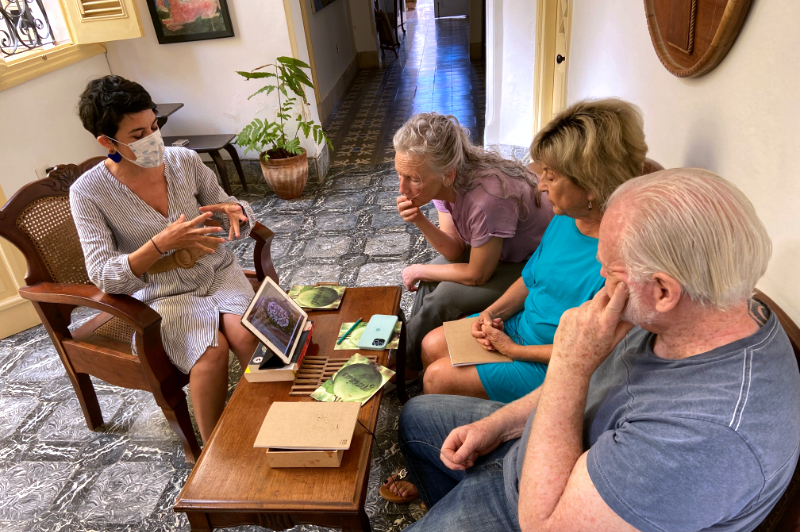
The UNPACK STUDIO Havana Art Residency is open to visual artists, curators and researchers interested in developing projects in Cuba. The self-directed residency runs from three to seven weeks and includes meeting with an internationally recognized art contact, interaction with the Havana art scene, independent workdays and possible presentations to the public.
The artist can create local-foreign collaborations, interact with contemporary Cuban practitioners and give Cuban art students the opportunity to see diverse practices. Creatives can research, produce new work individually or in collaboration, network with artists, art students, galleries, curators, and explore Havana.
Unpack Studio residency is strategically situated in Vedado, a central and popular neighbourhood of Havana, with easy access to all areas of the city (view map). There is walking distance access to food markets, stores, internet wifi spots, jazz bars, swimming pools, art galleries, cinemas and theatres.
